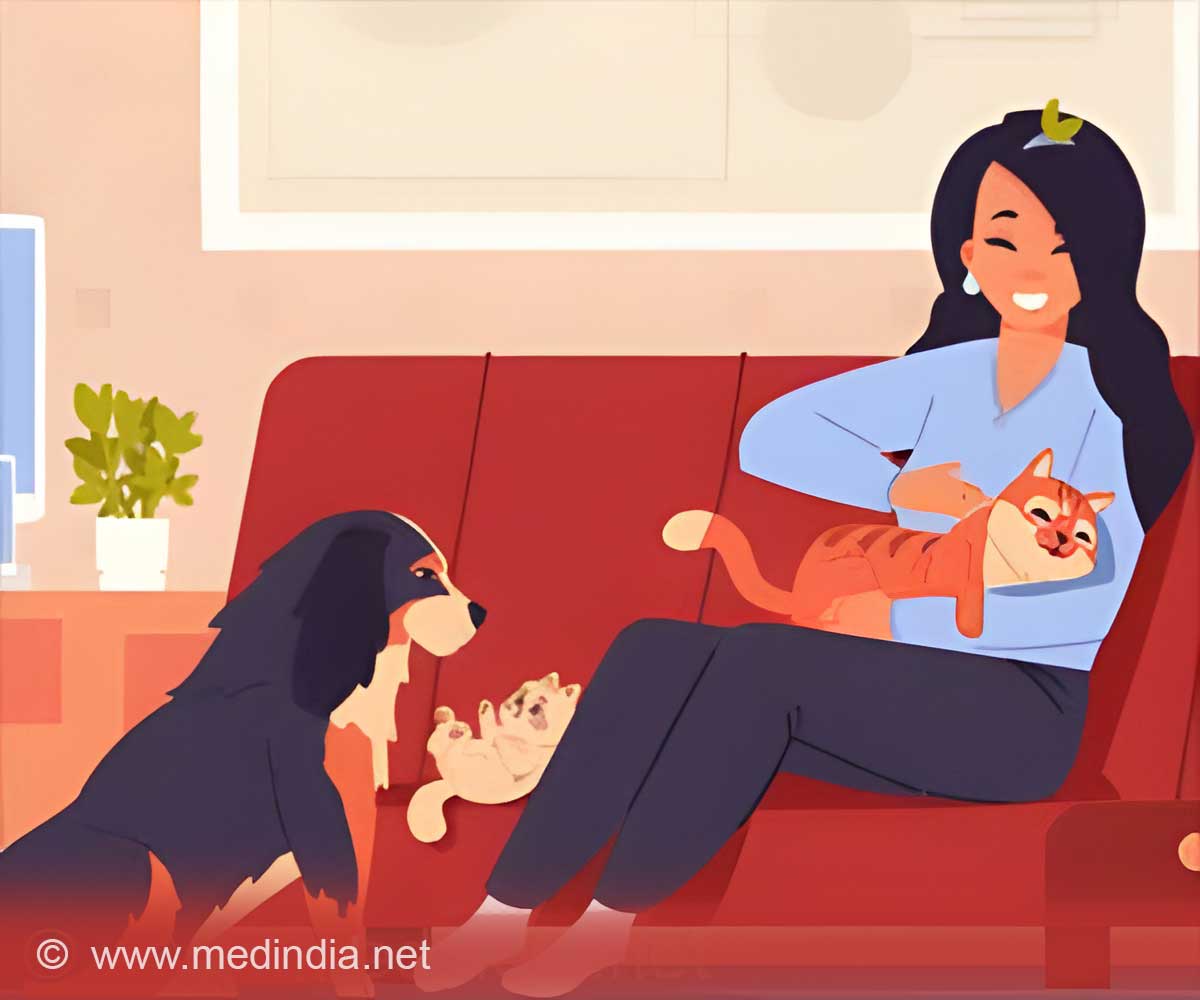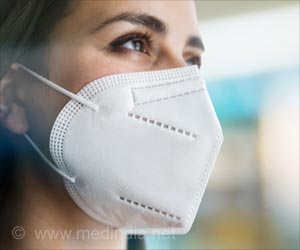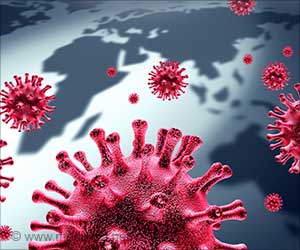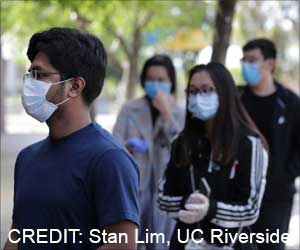A new study is the first to document likely cat-to-human COVID-19 virus transmission in veterinarians, but risks are low overall.

Can COVID-19 Transmit from Pet Animals to Human?
Cats are far more likely to catch the virus from people than to transmit it to them. But the case is a reminder that people who are infected with the virus should take precautions around their pets — and that veterinarians and shelter workers who may come into contact with infected animals should do the same. Previous research has shown that pet owners can infect their cats and that in certain conditions, cats can transmit the virus to each other.‘Genomic sequencing confirmed that the cat and all three people were infected with an identical version of the virus, which was not widespread in the local population at the time.’





But it has been difficult to prove that cat-to-human transmission happens in natural settings. (Mink, hamsters, and deer have been reported to spread the virus to humans.)The new paper that appeared in the journal Emerging Infectious Diseases, published by the U.S. Centers for Disease Control and Prevention makes a strong case for cat-to-human transmission.
Catching the Spread of COVID-19 from Pet Cat
A father and son in Bangkok developed symptoms of COVID-19 and subsequently tested positive for the virus. Because of a shortage of hospital beds in Bangkok the two men were transported to a hospital in Songkhla, a province in southern Thailand, via a 20-hour ambulance ride. For unclear reasons they brought their pet cat.When the men were admitted to the hospital, the cat was sent to a veterinary hospital for an exam. Although the cat appeared to be healthy, the veterinarian, a 32-year-old woman, collected nasal and rectal swabs, which tested positive for the virus.
While the veterinarian was swabbing the cat’s nose the animal sneezed in her face. (The veterinarian was wearing gloves and a mask during the exam, but no face shield or eye protection.)
Later, the veterinarian developed COVID-19 symptoms including a fever and a cough. Shortly thereafter, she tested positive for the virus.
Advertisement
The CDC recommends that people who are infected with the virus avoid contact with their pets. If you’re trying to stay away from people because you’re potentially infectious just try to stay away from animals at the same time.
Advertisement
Source-Medindia















